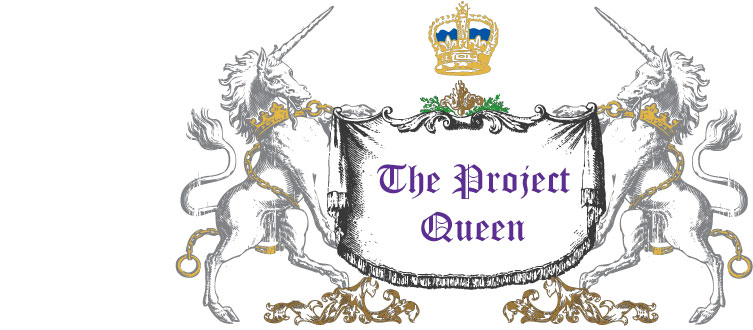A few weeks ago my husband and his hunting buddy went on a foray for wild hogs. They shot 2 decent sized sows. A few days later the friend showed up with 2 coolers worth of meat. At least half of it was ground, which takes plenty of work, and I do appreciate it. But I spent almost 4 hrs. one weekend morning packing it into smaller portions with the Food Saver. In case you think my husband got off easy, he had to make room in the already full refrigerator and chest freezers. We have since purchased the upright freezer I’ve been wanting. (Yeah!)
While it’s nice to have so much meat on hand, it doesn’t do any good if you don’t start using it. Which means I’m going to be getting very creative with wild hog. Especially the ground meat. You will probably be seeing many recipes containing it on this blog. So, where to start?
After staring at a recently purchased head of cabbage in my fridge, an idea came to me. It had been a couple of years since I made Runsas. Anyone who has spent time in the Midwest, Nebraska in particular, has possibly encountered a Runza Drive-in. I did partake of a few runsas while my husband and I lived in Lincoln as newlyweds. However, my exposure to a similar bun occurred during my childhood in Colorado. My mom made them. They were called cabbage pockets at our house. While I was in the middle of making this recent batch, I got curious and called my mom. I didn’t recall where she got her recipe. Turns out it was from my paternal grandmother. Funny, I don’t remember her making them. Not that she didn’t make delicious meals, but I usually looked forward to the homemade goodies she provided for dessert.
At any rate, cabbage pockets may have been a recipe Grandma inherited from her German mother. According to the cookbook “America’s Best Lost Recipes”, Runsas were brought to the Midwest by Volga Germans, ethnic German farmers who settled in Russia during the reign of Catherine the Great (that info was provided by my mom). I never heard that my great-grandparents were Volga Germans, so it’s possible cabbage and meat-filled buns went from Germany to Russia first. The afore-mentioned cookbook’s recipe for Runsas was one of the biggest reasons I bought it, besides being fun to read.
The dough recipe in this book contains sweetened condensed milk. I’ve made it as written, and it’s very good. Sadly, I had just used up the SCM for something else. For dough I went with my all-purpose standby, the rusk dough I used for the buttermilk cinnamon rolls (posted in March), using regular milk. Usually, runsas contain ground beef, but since they work just fine with most ground meats, feel free to use your favorite. The “Lost Recipes” version is different from my mom’s in 2 ways. It contains cheese and is made with white dough. My mom preferred whole wheat. As for the Runza versions, I don’t remember cheese, but they had several kinds on their menu.
I’m only going to submit the filling here. For anyone interested in the “America’s Best Lost Recipes” version, the book comes highly recommended, though it might take a bit more work to find it now. Its copyright is 2007.
Make the dough first. While it’s rising, you can make the filling.
1 ½ lbs. Ground Wild Hog
2 tbsp. Unsalted Butter
1 large Onion, diced
½ head of Cabbage, cored and chopped (3 c. approx.)
Salt & Pepper
Cheese of your choice (I used a combination of grated Dubliner and some slices of processed cheese, aka a store brand like Velveeta.)
Cook the ground meat in a large skillet until just beginning to brown. Make sure large chunks are broken up. Use a slotted spoon to remove the meat to a paper-towel covered plate. Drain off the liquid left in the skillet and return to the heat. Melt the butter and add the vegetables. Once the cabbage begins to soften, return the meat to the skillet. Season the mixture and add the cheese. Once the cheese is melted and incorporated in the filling, turn off the heat and set aside to cool a bit.
Heat the oven to 375°. To shape the buns get a cereal bowl large enough to hold 8-12 oz. Cover 2 sheet pans with parchment paper. Punch the dough down and turn it onto your work surface. Cut off portions the size of a baseball and roll in your hand until round. Place the dough in the bowl, and starting in the middle, press the dough along the bottom and up the sides. Be careful not to make the dough too thin at the bottom of the bowl. It will become the top of your bun. Place enough of the cabbage mix in the dough to fill it 2/3 up. Pull the edges of the dough over the filling and pinch in the middle. Remove the runsa from the bowl and place it on the baking sheet, seam side down. After the runsas are assembled, coat with spray oil and cover with a cotton kitchen towel, or cover with plastic wrap. Allow to rise about 20 min. Remove the covering and bake 20 min. or until golden brown. You may want to rotate the baking sheets half-way through for even browning. Before serving, the buns can be brushed with additional melted butter.
A note about yield: The cookbook recipe produces 8 buns. The rusk dough recipe I used produces a larger volume of dough. I got 11 runsas out of this batch. There was still some dough left that produced 5 sandwich rolls.
The Project Queen





